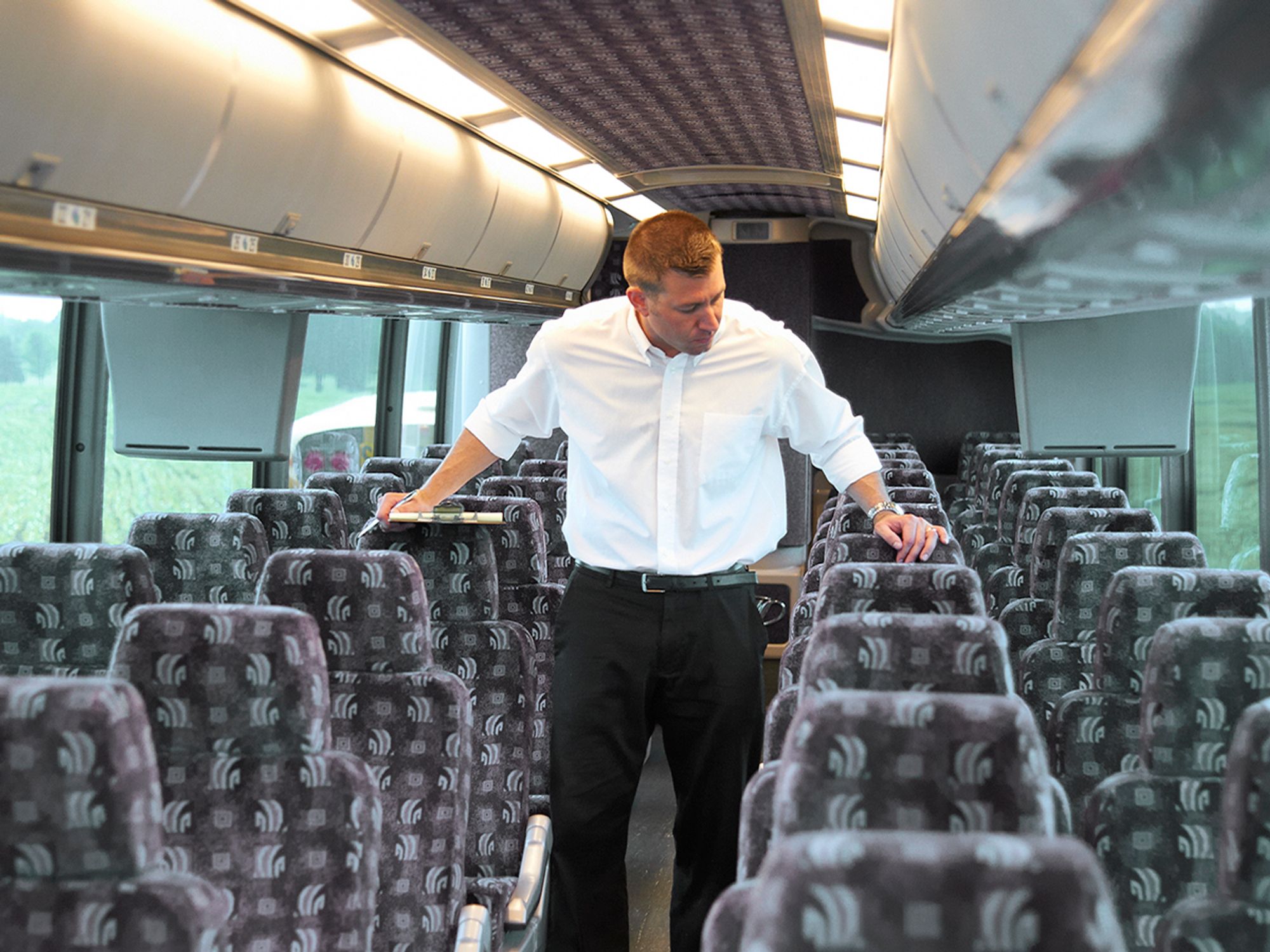Entry-level driver training (ELDT)

- Entry-level driver training (ELDT) for passenger-carrying drivers hired prior to February 7, 2022, with less than one year of commercial driver’s license (CDL) driving experience, must include training in driver qualifications, hours of service, driver wellness, and whistleblower protection.
- Effective February 7, 2022, entry-level drivers who for the first time apply for or seek to upgrade to a Class A or B CDL or seek an endorsement for hazardous materials, passengers, or school buses must successfully complete a prescribed ELDT program of instruction provided by an entity listed on the Federal Motor Carrier Safety Administration’s (FMCSA’s) Training Provider Registry (TPR) before the state licensing agency will issue the CDL, upgrade, or endorsement.
ELDT before February 7, 2022
An entry level driver was defined as any driver with less than one year of experience operating a CMV with a commercial driver’s license (CDL), as required in Part 383, in interstate commerce.
Entry-level drivers hired prior to February 7, 2022, must have a certificate or diploma in their DQ file showing that they were trained in the following areas:
- Driver qualification requirements — Part 391, Subparts B and E.
- Hours of service — Part 395 (including ways to fight fatigue to avoid crashes).
- Driver wellness — Basic health and wellness and avoiding excessive use of alcohol.
- Whistleblower protection — The right of an employee to question the safety practices of an employer without the risk of losing a job or being subject to reprisals (Part 1978, which is an OSHA regulation).
ELDT on and after February 7, 2022
Effective February 7, 2022, minimum training standards have been established for entry-level drivers who for the first time apply for or seek to upgrade to a Class A or B CDL or seek an endorsement for hazardous materials (H), passengers (P), or school buses (S). These drivers are required to have ELDT from anFMCSA-registered training provider before the state licensing agency will issue the CDL, upgrade, or endorsement. Motor carriers will no longer need any proof that ELDT was completed; carriers must only ensure drivers have the proper license and endorsement(s).
Individuals subject to the ELDT requirements must successfully complete a prescribed program of instruction provided by an entity listed on FMCSA’s Training Provider Registry (TPR). The prescribed training, contained in Part 380 Appendix A through Appendix E, includes both theory and behind-the-wheel instruction:
- Theory (knowledge) - There is no minimum number of hours that driver-trainees must spend on the theory instruction. The rule prescribes specific topics for each of the five theory curricula, requiring the training provider to cover all topics, and requiring that driver-trainees demonstrate understanding of the material by achieving an overall minimum score of 80 percent on the theory assessment.
- BTW instruction (range and road) - The rule does not require a minimum number of BTW hours. The completion of the BTW portions of the various curricula is based solely on the training instructor’s assessment of each driver-trainee’s individual performance of the required elements of BTW training on the range and public road.
While federal rules do not require a minimum number of theory and BTW hours of instruction, states may have minimum hour requirements for theory and BTW instruction.
Passenger-carrying vehicle and school bus endorsement training curriculum requirements are found in Appendix C and D, respectively.
For more information, see Entry-level driver training.
